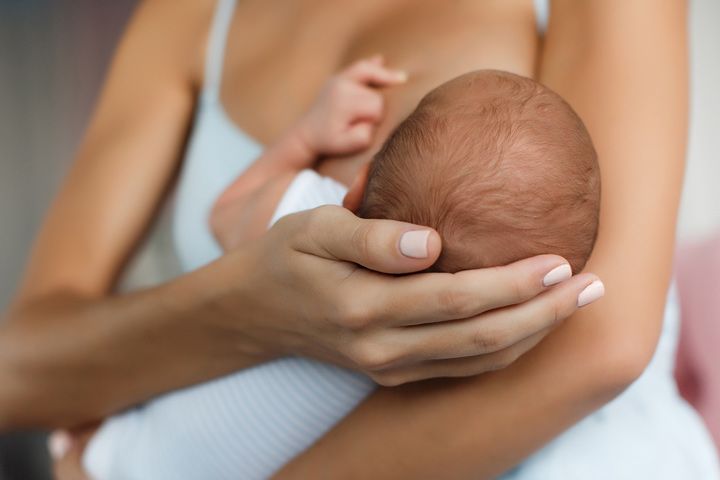A woman’s body normally undergoes several changes during and after pregnancy. And it is an inevitable fact that breasts tend to experience many changes post-partum. So, we reached out to Dr. Tanveer Aujla, Senior Consultant Obstetrician & Gynaecologist at Motherhood Hospital, and asked him to share his exert insights on the breast changes one can expect after childbirth. Dr. Tanveer says,
Did you know, breasts are made up of lobules known as the milk-producing glands and ducts that carry milk to the nipple and are surrounded by glandular, fibrous and fatty tissues. As a person ages, the glandular tissue reduces in size. Breast growth during pregnancy is a vital part of the process as it undergoes changes to produce milk for the newborn. Extra hormones during early pregnancy cause changes in the breast tissue.
Breast Changes During Pregnancy
During pregnancy, breasts undergo changes to be able to feed the baby. Some of these changes include an increase in the size of the breasts, tenderness or change in sensation of the breasts or the nipples, change in the color of nipples and areola, noticeable and bigger Montgomery glands, amongst other changes. Pregnancy also results in an increased blood flow that makes the veins in the breasts darker. This is the stage where the estrogen and progesterone get a boost which together drive the production of milk.

Breast Changes Post Pregnancy
After pregnancy, the levels of progesterone and estrogen fall after receiving signals from the hormone prolactin as it is the one that produces the milk. It normally takes a couple of days to produce milk for the baby. The breasts enlarge during the three-to-five-day window after birth due to lymphatic fluid that builds up vessels of the breast.
The breasts will continue to undergo changes after pregnancy and few of them are as follows:
1. Breast Engorgement
This is a normal enlargement of the breasts after pregnancy and it happens during the production of milk. It is important to frequently breastfeed the baby to reduce breast engorgement and make the milk production fall in line with the baby’s needs.
2. Pain In Nipples
People experience pain in the nipples during breastfeeding which can lead to nipples cracking or bleeding. Nipple cream or breast milk can help in soothing this pain. Sometimes the nipple cracks could also lead to yeast infection.
3. Mastitis
When the milk ducts get clogged, it leads to an infection called mastitis. It develops from one breast to another with symptoms of red streaks on the breast skin, hot skin around the clogged duct, and an intense pain in the breast.
4. Abscesses
If mastitis or infection is not treated, then it can lead to an abscess condition where it develops a collection of pus which is treated with antibiotics and is drained using a needle and syringe.
5. Stretch Marks
The appearance of stretch marks in breasts can occur, which might take time to fade away.
Body weight plays an important role in influencing the breasts returning back to their old size. Many experience sagginess in their breasts due to breastfeeding and milk production. This can be overcome with wearing supportive bras during and after pregnancy, and following a healthy diet which can help in preventing breast-related issues after pregnancy.
Though many women experience these changes, a lot of these concerns should be examined by a medical professional along with regular self check-ups to catch the early changes so as to avoid problems in the future.
Follow @malinisgirltribe on Instagram for more content like this.

